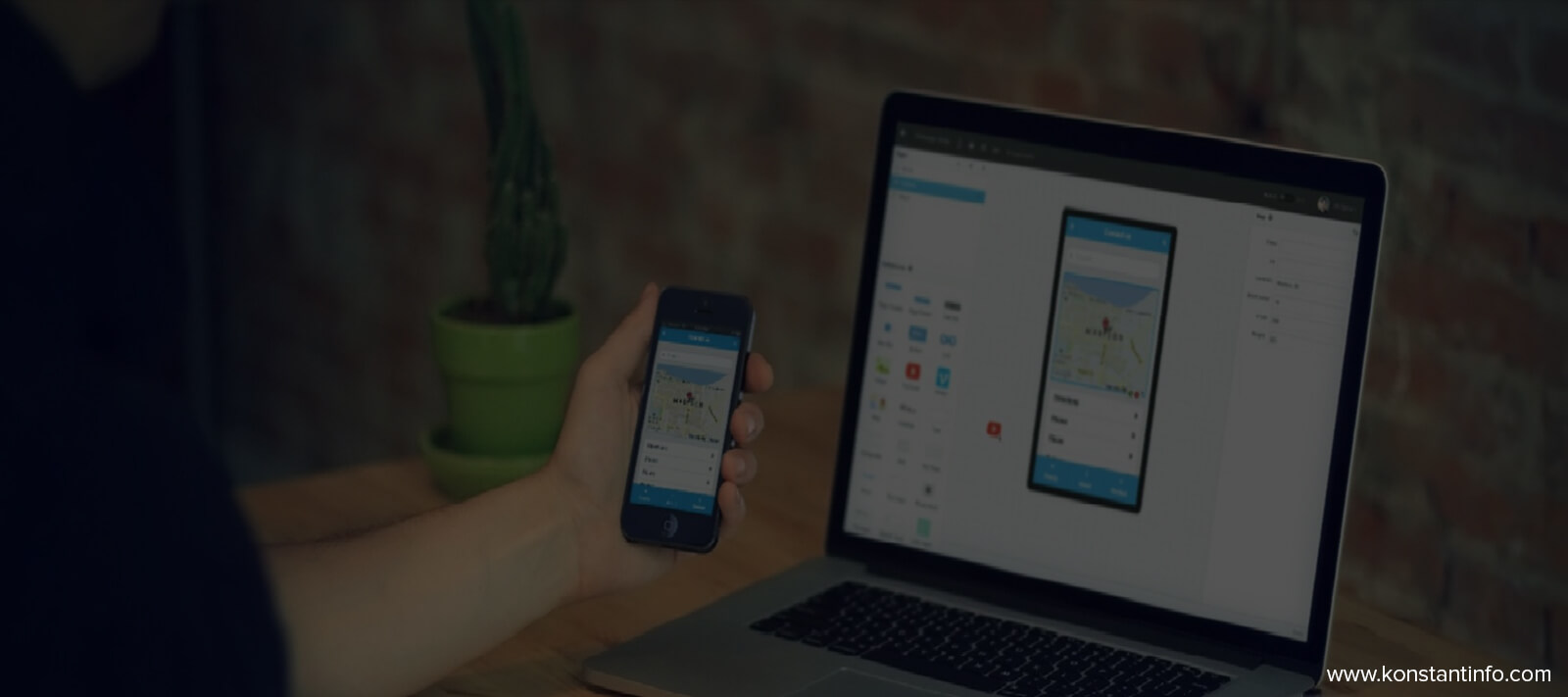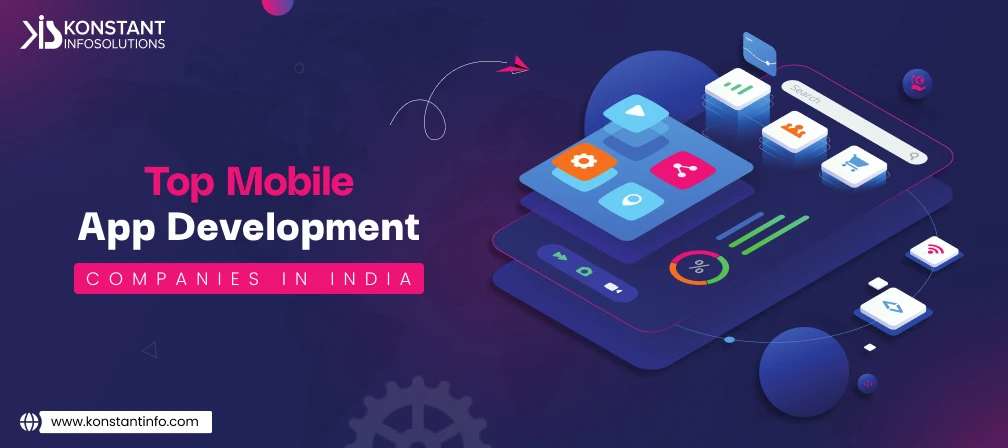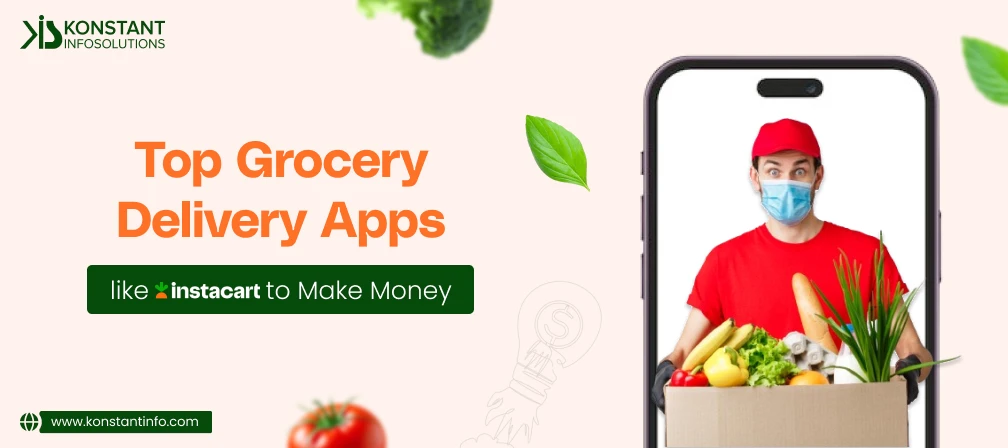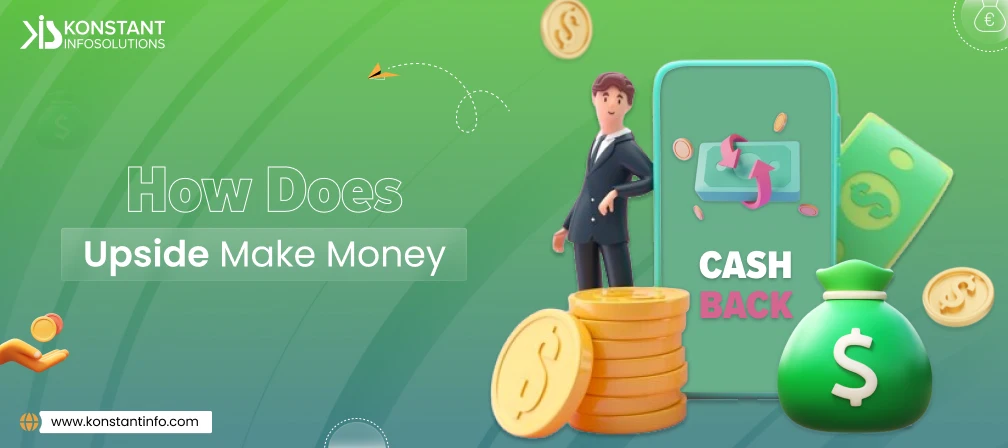
If you are one working as an app developer serving modern businesses across the digital landscape, you must be knowing how intricate the user needs are getting day by day. With these providers and users looking to get served with ever better facilities and possibilities to realize their piece of app utility, the market propensities and consumption trends are aggressively shifting towards more refined choices and profound abilities of engagement.
No wonder, App Annie forecasts that the app market will expand 24 percent to reach $51 billion in gross revenue universally across all app stores by the end of 2016. Which would further get bigger in extent and volume, making gross revenues touch an accomplishing global mark of $100 billion across all app stores by the year 2020.
These astonishing figures suggest that mobile apps are certainly going to rule the digital communication landscape – to be relentlessly used as the primary tool for business promotion and lead generation. To be able to respond to this idea to the best of their benefits, developers need to roll them out well and should be able to reach mobile app engagement right.
Follow these 4 steps to make the most of the mobile app engagement:
The first thing any consumer app needs to do is offer value to its users with some utility. This utility could be anything from providing users with some useful tips and resources to loyalty rewards and offers. To accomplish it well, developers need to recognize user behavior, collating and arranging app usage data and defining app communication and appointing features to respond to those usability factors. To that, defining key performance indicators like usage, retention rate, session length, average revenue per user and lifetime value can allow you highly relevant and valid results. Here, using technology to collect data about events, behavioral traits, preferences and actions can help you with speed and accuracy. Creating user profiles and enabling them up with activity tracker and analytics can show the entire course of activity, conduct, traits and trends reflected and impacted by a user on the app.
Just fetching user data is of no use until it is put into a framework where it can be analyzed and studied to reach important inferences and process critical information out of it. When treated and extracted right, this data can reveal highly imperative numbers and sharp details on an app’s performance across different usability factors. This can be done by arranging and sequencing different data points based on key performance indicators to capture results as per requirement. This could be further amplified to fetch more exhaustive results by segmenting and targeting customers based on behavioral and demographic attributes and employing methods to identify patterns to better understand their interaction with the app.
Now, when you have some useful information with you, it’s time to put it into use. The information gathered till now should be utilized to make your app work smarter and allow users to have more personalized results, context-aware responses and agile marketing experiences. Just go by these three things and you would be covering most of it and with great relevance: Start with setting up behavior-depicting rules and place them as triggers for personalized messaging and promotions. Secondly, do A/B Testing to determine how exactly users respond to different situations across different communication spells. Lastly, personally interact with users with tailored content and custom offerings responding to their orientations, likings and traits based on their interaction with the app. Clubbing all these three practices you can efficiently customize your app journey with personalized engagement.
Acquiring and retaining users are two different things. You acquire them when you do a proper funneling and attract them well pitching your product features and utilities and making them fall for your proposals and plans around it. But, when you are looking to retain those users you not just need to execute those plans well but also need to tap critical moments of impact – identifying high-value behavior and imbedding engagement spots and reward vents to foster loyalty. This may mean different things to different publishers. So, the best way to achieve it is by procuring an engagement format and designing the retention and loyalty program to best suit your app’s purpose and users.
When sourced and practiced well, these 4 steps can go far in allowing you effectively attract and engage mobile app audiences making most of your app communication objective and marketing agenda. To reach it right just take them up in a sequence they appear while going by the approach of mobile app engagement that best fits with the underlying purpose and idea of your app.



A marketing graduate, a deemed strategist, a sure geek - Tushar is a fine blender of the art and science of writing. When it comes to tune up content with commerce, he knows the trick. For him, if words don’t make you think and beat, they are not worth your time. A crazy foodie, an unfailing jogger – that’s him off the desk!
Or send us an email at: [email protected]